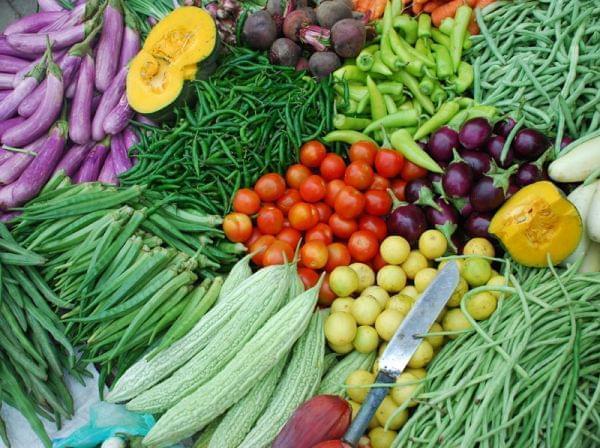Free And Reduced-Cost Lunches Served Up At Champaign County Schools

Of the school districts that reported, more than 51 percent of children in the county are receiving free or reduced cost lunches, up 2 percent from 2014, according to state education data.
Schools self-report this information each year and variations can occur in enrollment numbers.
Some school districts – such as Rantoul City Schools– have enrolled all their schools in the Community Eligibility Provision and therefore don’t report numbers each year.
Schools with at least 40 percent of students eligible for free lunch qualify for the CEP program, and all students enrolled at those schools eat lunch at no cost.
The Champaign Unit 4 School District has five schools enrolled in the CEP.
Nationwide, an average of 30.3 million children took part in the National School Lunch Program each school day, a one percent drop from the previous year. This is according to The United States Department of Agriculture’s recently released Fiscal Year 2014 report, The Food Assistance Landscape.
According to the report, while the number of children receiving free meals increased from 62 percent in 2013 to 63 percent in 2014, those who paid full price fell from 30 percent to 29 percent in the same time frame. The number of children receiving reduced-price meals remained unchanged at 8 percent.
Children are eligible to receive free lunches if their family income is at or below 130 percent of the federal poverty guidelines. For example, a family of four with an income at or below $31,525 would qualify.
Children from families with incomes between 130 and 185 percent of the poverty guidelines can receive reduced-priced meals.
Families with incomes over 185 percent of the poverty guidelines pay full price for their children’s meals, although the USDA subsidizes the cost of these lunches as well.
Mary Davis, director of Food Service for the Champaign Unit 4 School District, said enrollment in the National School Lunch Program has increased since she started her job in 2010.
Each July, Davis said, the district downloads a list of children who qualify for Direct Certification, meaning they are automatically eligible for free lunches from the Illinois State Board of Education. Those include students with families participating in the Supplemental Nutrition Assistance Program and Temporary Assistance for Needy Families programs. In 2012, students on Medicaid were added to that direct qualifier list.
When that happened, “our Direct Certification jumped by 1000, but our [free and reduced-cost applications] decreased by 742,” Davis said.
Students in the National School Lunch Program receive all the same choices as full-priced students. Davis said the reduced-cost lunch price is 40 cents, compared to Champaign Unit 4 School District’s full-priced lunch of $2.70 in high school, $2.45 in middle school and $2.20 in elementary school.
The National School Lunch Program is federally funded through the USDA. Participating schools must follow federal nutrition requirements in order to receive compensation from the USDA to offset the cost of providing food to children in need.
“Because fruit and vegetables are mandatory on the lunch tray, we do have quite a bit thrown away,” Davis said. “Finding whole grain foods that taste good has been a challenge. We had taste tests at elementary schools for new pizza we’d like to serve next year.”
According to Davis, the USDA reimburses the district $3.08 for free lunches, $2.66 for reduced-cost lunches and 36 cents for full-priced lunches.
“In a roundabout way the more free and reduced [lunches we provide to children in the program], the more reimbursements in the food service department, where it allows us to serve a higher quality product, purchase equipment, etc.,” Davis said.
The Food Assistance Landscape report states that one in every four Americans received help from the domestic food and nutrition assistance programs at some point in 2014.
The National School Lunch Program spent $12.6 billion in 2014. The program makes up 12 percent of the USDA’s Food and Nutrition Service agency’s assistance budget.
SNAP is the largest program within the agency, with expenditures greater than 70 percent of the entire budget.

